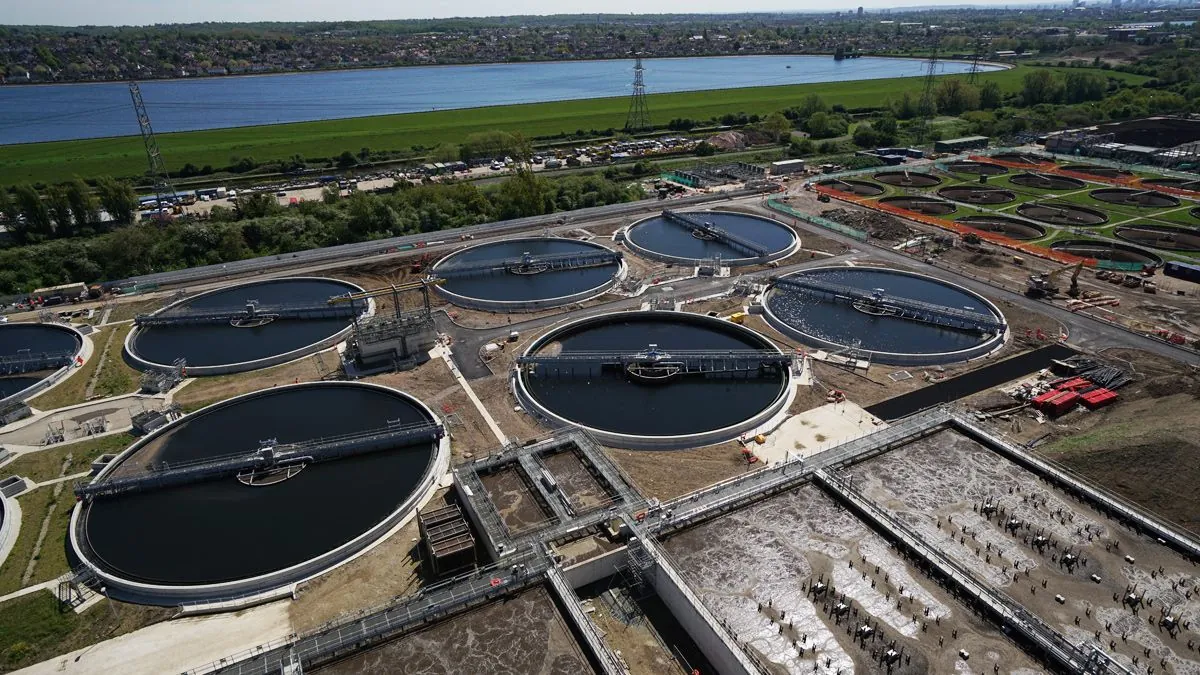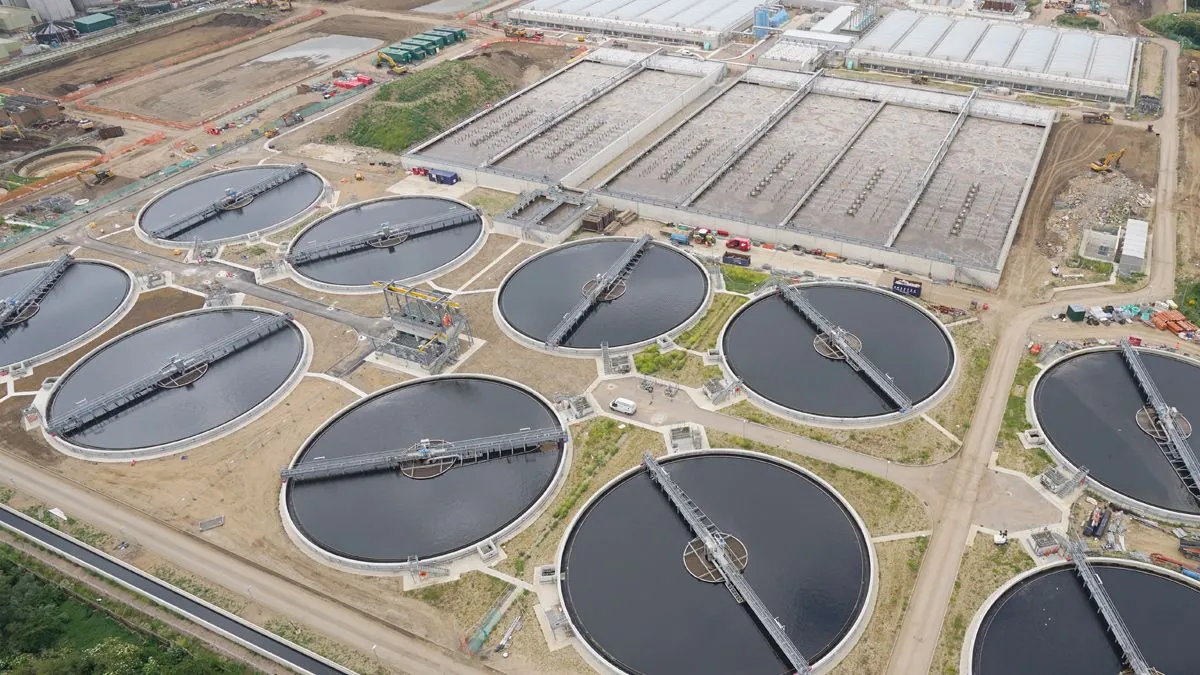Thames Water Faces Second Junk Rating Downgrade Amid Financial Woes
Moody's further downgrades Thames Water's rating, citing concerns over equity funding. The UK's largest water provider seeks £3.25 billion amid financial challenges and potential restructuring risks.

Thames Water Limited, the UK's largest water services provider, has encountered another setback in its financial standing. Moody's, a prominent rating agency, has further downgraded the company's corporate family rating (CFR) deeper into junk territory. This marks the second such downgrade in a span of two months, reflecting growing concerns about the company's ability to secure necessary equity funding.
The latest downgrade shifts Thames Water's CFR from "Ba2" to "Caa1", a move that underscores the company's precarious financial position. This follows a previous downgrade in July 2024, when the rating was lowered from an investment-grade "Baa3" to the junk-level "Ba2".
Thames Water, which was established in 1989 following the privatization of the UK water industry, serves approximately 15 million customers across London and the Thames Valley. The company manages an extensive network of over 20,000 miles of water mains and treats more than 4 billion liters of wastewater daily.
Despite its significant role in the UK's water infrastructure, Thames Water has faced numerous challenges in recent years. The company is currently seeking to raise £3.25 billion in equity over the next five years, a substantial sum that reflects the scale of its financial needs. To address immediate concerns, the water provider is engaged in discussions with creditors for short-term financial relief.

Thames Water's financial struggles are set against a backdrop of longstanding issues within the company. It has faced criticism for high levels of debt and infrastructure problems, including challenges in reducing leakage across its network. The company has also been fined multiple times for sewage pollution incidents, highlighting the environmental concerns associated with its operations.
Moody's has expressed apprehension about Thames Water's ability to attract new equity funding. The rating agency warned that failure to secure such funding could potentially lead to a creditor-led debt restructuring or a special administration process. This stark assessment underscores the gravity of the situation facing the water provider.
"In the medium term, inability to attract new equity funding may ultimately lead to a creditor-led debt restructuring or one that is imposed as part of a special administration process."
It's worth noting that Thames Water's responsibilities extend beyond mere water provision. The company manages 350 sewage treatment works and over 100 water treatment facilities. It also plays a crucial role in maintaining some of London's Victorian-era sewers, a task that requires significant investment and expertise.
Despite these challenges, Thames Water has shown commitment to environmental initiatives. The company has set ambitious targets to achieve net zero carbon emissions by 2030 and has implemented various water-saving initiatives to promote conservation. Additionally, Thames Water has been involved in major infrastructure projects such as the Thames Tideway Tunnel.
As Thames Water navigates these financial difficulties, the company plans to launch a formal process to raise new equity in the coming weeks. The outcome of this process will be crucial in determining the future trajectory of this essential water services provider, which has been a key player in the UK's water industry for over three decades.


































